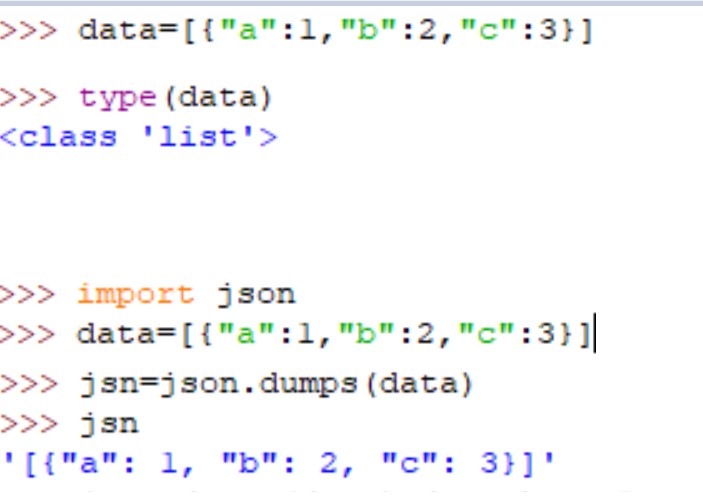

NOTE: You might also run into a situation where the data is actually stream of JSON like data. Next post I will discuss then differences between python and R, and why you might want to use one over the other. with open ('descriptions/ISIC0000000') as f: data json. Create a Python file call ‘jsontocsv.py’ in the base directory and write the following code:- import json from pprint import pprint we are using pprint for making the output more readable. There are good reasons though why you might want to work in python instead of R. First, we will check what each JSON file has. Especially if you want to visualize what the data looks like.

Personally, I think dealing with pseudo JSON in R is easier than trying to deal with it in python. Since I think both these stack overflow questions have answers that provide a lot of detail about what you can do (more than what I can provide), I’m not going to put an example here on how to convert pseudo JSON (pulled using JIRA API) into a csv. There is a promising answer under the first link though, that describes how to create a function that will flatten JSON objects. Most of these methods require a bit of hard coding on which fields you want, which means your code won’t be very flexible if you try to use it for other applications. Convert JSON file to CSV file with Python python automation json-to-csv Updated on Python divyanshu-rawat / json-utility Sponsor Star 3 Code Issues Pull requests A utility to import json read, update, write, delete keys in a. If you are looking for inspiration, I recommend the following references: If you have a situation like this, I recommend taking the time to understand how the fields are nested within each other because that will inform how you want to pull the information out and store it in a csv (and maybe you don’t even want all the fields). Unfortunately this is not one of those cases. If you don’t have nested objects, you might be able to convert this pretty easily to a csv ( ). #df3=df2.apply(pd.Series) print ( "df3",df3)ĭf3.to_csv( 'out.Keep in mind, this isn’t a real JSON file, this is simply in a JSON like structure. apply(pd.Series) method on items column is applied, the dictionaries in items column will be used as column headingsĭf3=pd.concat(,axis= 1),df2.apply(pd.Series)],axis= 1) Print ( "This is the dictionary of SO_users", dict_you_want) Print ( "These are the keys to dict_you_want",dict_you_want.keys()) I saved this data.json to my working directory in P圜harm IDE. I used the tag –‘python’ and period –‘month’. The data was obtained from Stackexchange API. I want to share how I converted a json (Javascript Object Notation) data into easily readable csv file.


 0 kommentar(er)
0 kommentar(er)
